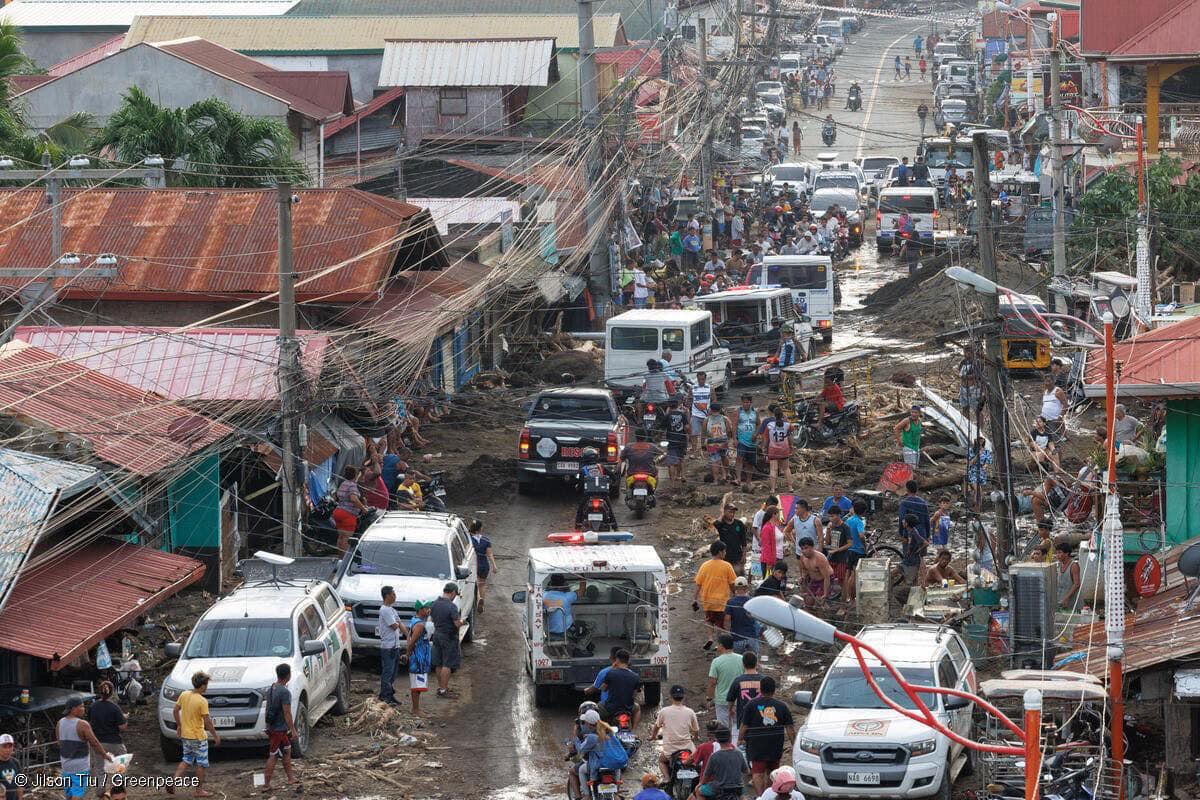
THE damage done by the coronavirus pandemic on the Philippine economy will take a long time to repair, according to Oxford Economics.
In its recent report entitled “Calibrating long-COVID vulnerabilities in 162 economies,” the UK-based research firm estimated overall long-term economic scarring will be slightly higher in emerging markets (EMs) than in advanced economies (AEs).
“Although AEs are underperforming EMs in the most important predictor of scarring (the crisis-year hit to GDP growth); scarring amplifiers are bigger in EMs: labour market rigidities, economic structure, financial imbalances, and limits to fiscal support,” Oxford Economics said.
Among the EMs, the Philippines was listed as one of the countries most vulnerable to economic scarring in the long-term, scoring seven out of 10 in the think tank’s vulnerability score based on 31 metrics.
“Within emerging markets, the five economies with a particularly weak medium-term growth outlook are the Philippines, India, Peru, Colombia and Panama,” Oxford Economics noted.
The research firm attributed the countries’ lackluster performance to losing consumer and investor confidence, diminished or postponed investment in physical and human capital, a higher number of total deaths, and a weaker health system.
On the other hand, Australia, Japan, Norway, Germany and Switzerland were listed as countries that would limit long-term scarring.
Promising outlook
Global investment banking giant Goldman Sachs, on the other hand, laid out a promising economic outlook for the Philippines next year.
In their November report entitled “ASEAN 2021 Outlook: Vaccine Critical to Regional Recovery,” Goldman Sachs economists said it expects growth to “rebound the most in the Philippines (9.4%) and Malaysia (6.6%), which were among the hardest hit by virus containment this year.”
The banking giant said it relied on the Philippines’ response to the pandemic and vaccine rollout for its 2021 forecast.
“Given the extended demand contraction and limited fiscal offset to private sector balance sheets, we also build in larger permanent output losses going forward,” said Goldman Sachs.
“However, with virus spread now slowing domestically, some relaxation in containment policies is likely — and this combined with the deployment of an effective vaccine next year could see a meaningful normalization in service sector activity in the second half of 2021,” it added.
Goldman Sachs also noted that the Philippine government is eyeing to normalize capital expenditure (capex) spending under President Rodrigo Duterte’s centerpiece “Build, Build, Build” (BBB) Program” next year.
“Program expenditures are expected to contract 6% this year as the government prioritized social and health-care spending. However, we expect capex spending to rise to 5.6% of GDP in 2021 with the government budgeting a 40% increase in capex spending in 2021,” it said.
“Compared to previous years, when the government relied entirely on its budget to finance infrastructure spending, there will also be higher private participation — with around 30% of ‘Build, Build, Build’ projects now expected to be financed by the private sector,” Goldman Sachs added.





